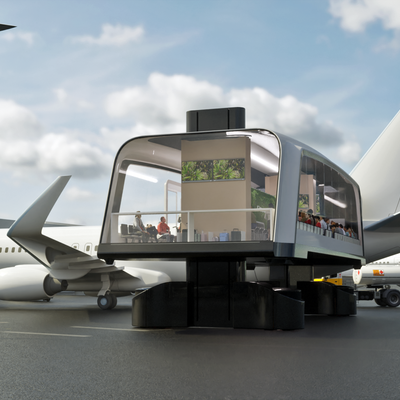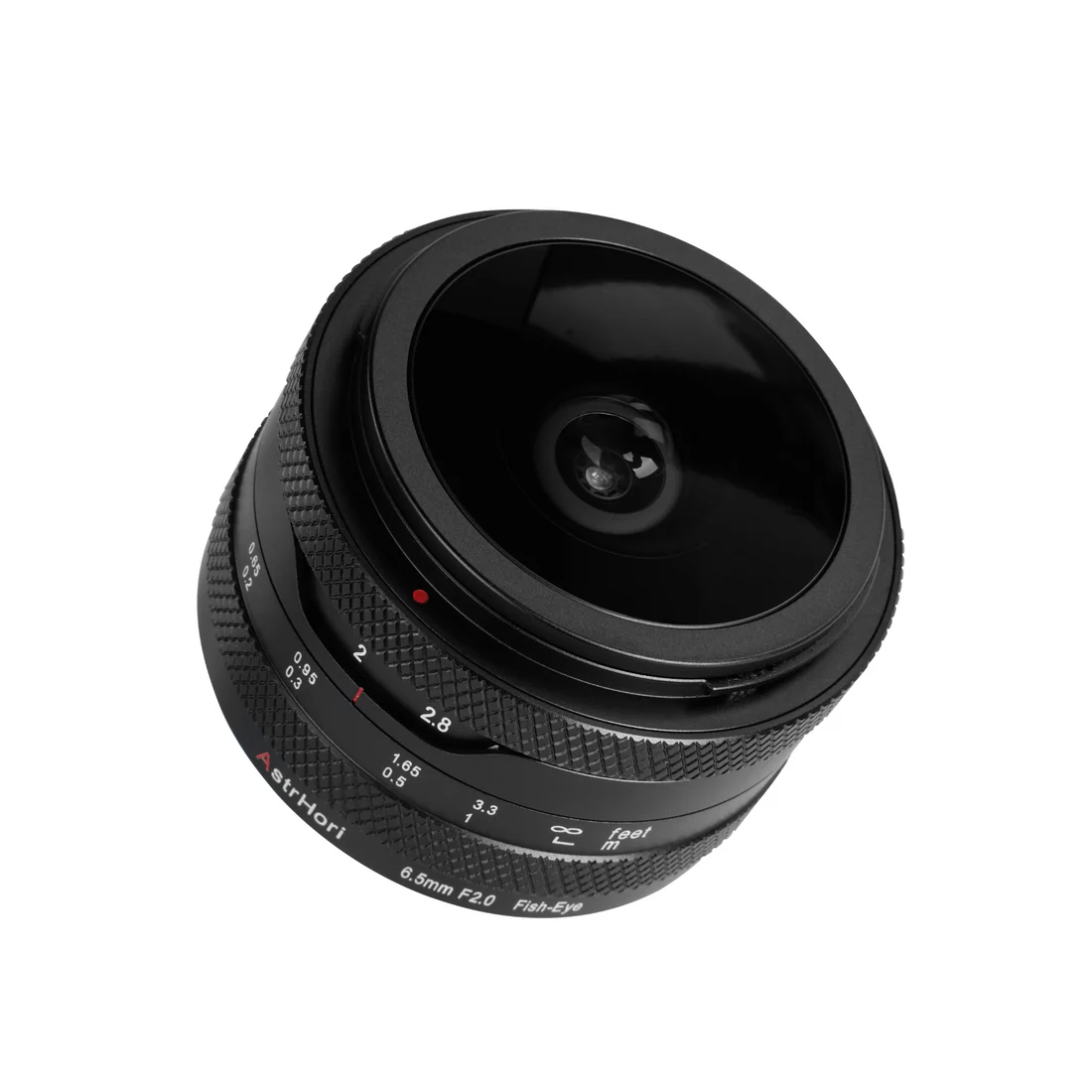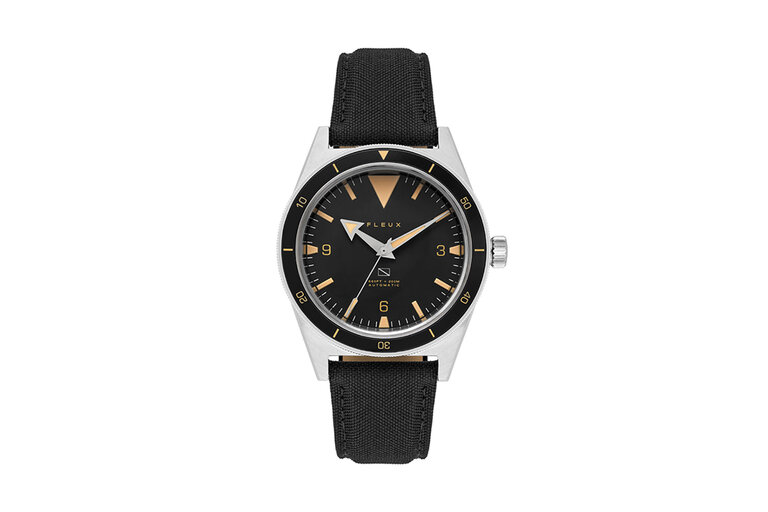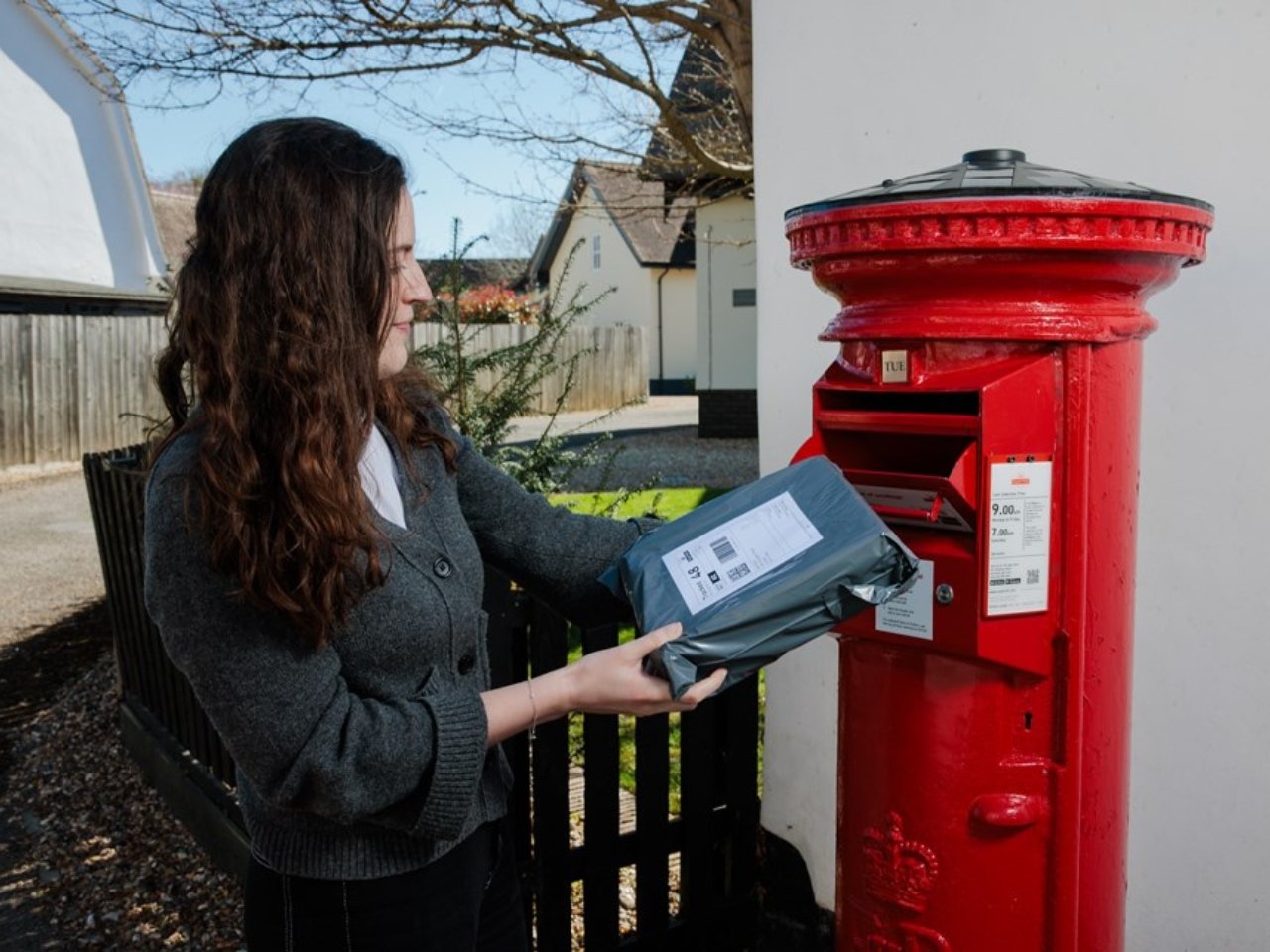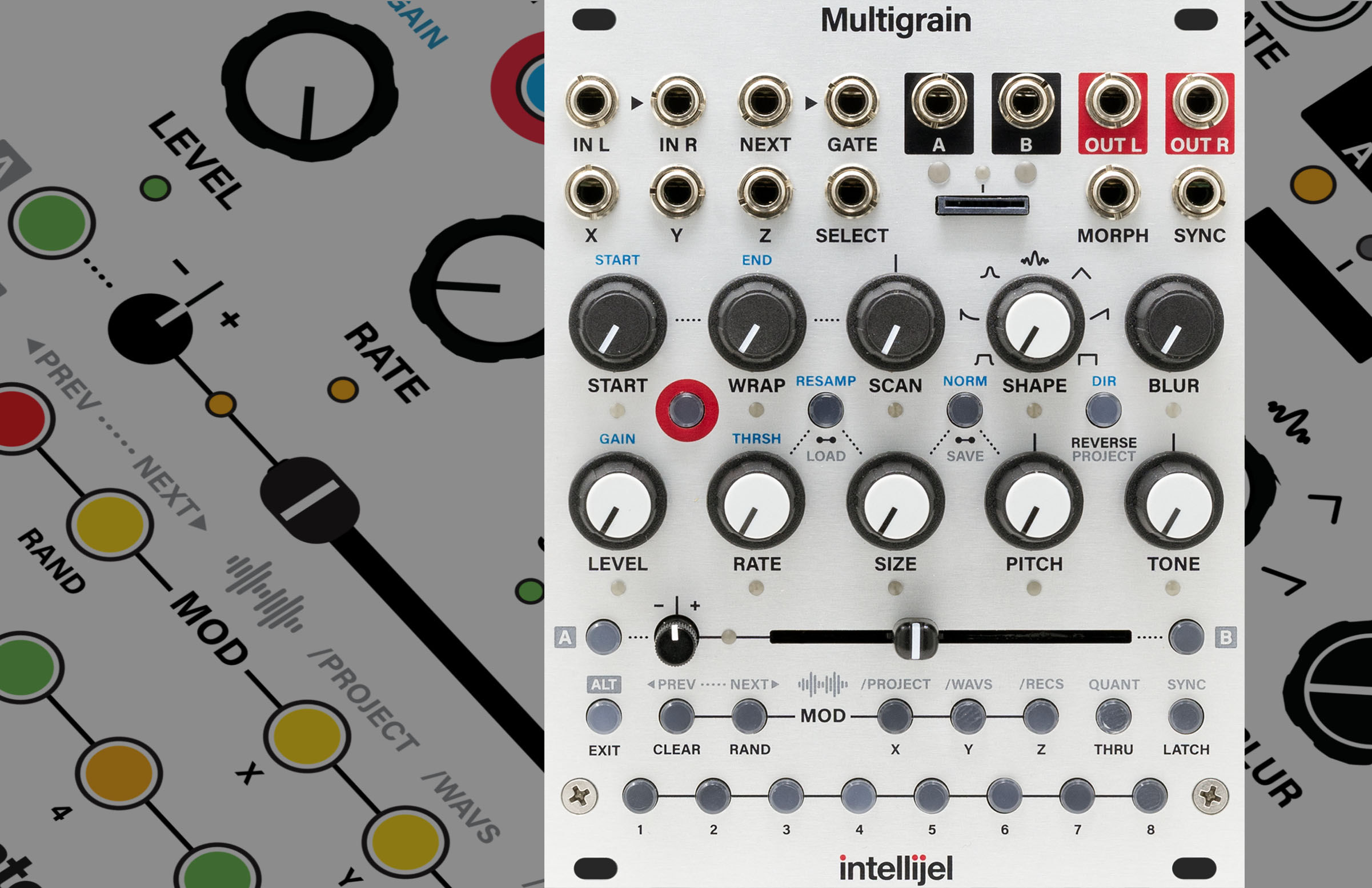Discover Airlines pivots from GEO to LEO/GEO with Panasonic on A330s
HAMBURG — German leisure carrier Discover Airlines’ decision to gradually replace the current inflight connectivity system on its Airbus A330s with Panasonic Avionics’ multi-orbit IFC will super-charge the carrier’s plan to offer a more digitalized flight experience to guests — one that will ultimately include personalized entertainment. The new Ku-band multi-orbit system ferries data via... The post Discover Airlines pivots from GEO to LEO/GEO with Panasonic on A330s appeared first on Runway Girl.

HAMBURG — German leisure carrier Discover Airlines’ decision to gradually replace the current inflight connectivity system on its Airbus A330s with Panasonic Avionics’ multi-orbit IFC will super-charge the carrier’s plan to offer a more digitalized flight experience to guests — one that will ultimately include personalized entertainment.
The new Ku-band multi-orbit system ferries data via Eutelsat OneWeb’s Low Earth Orbit (LEO) satellite service, for which Panasonic is a distribution partner in aero, as well as via Panasonic’s current geostationary satellite (GEO) network. Panasonic uses the slimline Gilat/Stellar Blu electronically steerable antenna (ESA) to support this LEO/GEO IFC service.
In a statement published at the massive Aircraft Interiors Expo (AIX) in Hamburg, Discover said Panasonic’s multi-orbit IFC system will power complimentary, unlimited messaging for passengers, while paid tiers of surfing and streaming Wi-Fi sessions “like on the ground” will be available for advance and onboard purchase. Exact price points are still being worked out, but Discover assures they’ll be in line with its current FlyNet offer.
With Deutsche Telekom serving as ISP, FlyNet is today a GEO-focused inflight connectivity solution that features a more traditional gimbaled antenna. It presently supports browsing on Discover’s A330s and, in a nice upcoming addition for passengers, will support free messaging starting this summer. Panasonic is a longtime partner in Lufthansa Group’s FlyNet ecosystem, offering Ku-band GEO for long-haul aircraft (Viasat-formerly-Inmarsat is also a partner with its Global Xpress Ka-band GEO service on the European fleet and on Lufthansa A350s with its new Allegris interiors) and indeed an Internet package acquired on Lufthansa can be used on Discover and vice versa.
But for Discover Airlines CEO Bernd Bauer, the pivot to and introduction of Panasonic’s new LEO/GEO technology is “a major step towards an even more digitalized flight experience and is a real upgrade for our guests”.
“In the future,” he said, “this will also open up opportunities to further personalize the entertainment program and the service on board. We are delighted to be one of the first airlines to use this new technology.”
The change will be welcome news for Discover passengers, who can be found on Reddit bemoaning the carrier’s current lack of a streaming class of Internet service.
“From autumn 2025, Discover Airlines will be the first airline in the Lufthansa Group and one of the first in the world to gradually install the Panasonic Avionics Wi-Fi system on its long-haul aircraft,” the airline said in its statement, touting the low-latency nature of LEO satellites. It remains to be seen if Discover’s boast that it’s “the first airline in the Lufthansa Group” to adopt the Panasonic multi-orbit IFC solution means other carriers in the group will follow suit, but the wording is certainly interesting.
“The new technology will enable guests to surf the Internet and stream content during the flight at high speeds of up to 200 Mbit per second, similar to the 5G network on the ground,” Discover assured.
During AIX, Runway Girl Network sat down with Panasonic Avionics vice president of connectivity John Wade to discuss how the IFE giant’s multi-orbit IFC will enable use cases beyond connectivity at Discover. “I think they see connectivity as being a huge enabler of whatever you want to do in the cabin,” Wade said of the carrier, which already offers in-seat IFE on its A330s and even recently tested a seatback solution on an A320. Could a connected seatback experience be in the offing on Discover’s A330s?
Broadly, Wade noted, the torrent of available satellite capacity on the market will become disruptive “in terms of what we can do in the cabin, whether it’s connecting our own devices, whether it’s enabling seatback connectivity [to the IFE display], whether it’s enabling almost anything you can imagine on an airplane. Those things all now become capable because the capacity is there [and] the cost point that means it’s really affordable.”
“We’ve never been here before,” added the Panasonic executive.

Starting this summer, Discover Airlines passengers will get a small taste of what’s to come when the carrier starts offering free messaging via its current GEO satellite-powered IFC service. Image: Discover Airlines
As previously reported by RGN, Panasonic has secured two other unannounced customer programs for multi-orbit IFC, which Wade said will in fact “start ahead of” the fall installs for Discover. “We should have three airlines flying using LEO services before the end of the year.”
For readers who are familiar with SpaceX’s Starlink LEO service, but less familiar with Eutelsat OneWeb LEO — which just started ramping up in aero at the start of the year — we asked Wade if the two LEO services are comparable on a ‘like by like’ basis in aviation?
“Absolutely. Yeah,” he replied. “And I think I shared this with you” at SATELLITE in Washington D.C. “but we’ve been testing over 200 simultaneous streams and still there’s 50 or 60 megabits per second left. So, there’s a huge amount of capacity to do anything you want on that network. It’s very robust. It’s very high level, very high throughput. So yeah, we’re very happy with it. The hardware is working great. What’s there not to love?”
As to whether more European carriers will get behind Eutelsat OneWeb LEO (after all, airBaltic, Air France and SAS are adopting Starlink-powered IFC), Wade noted that the Discover win is evidence not every airline believes Starlink is the right solution.
“So, not everybody is believing that’s the only one solution that’s going to work and we don’t either. Another aspect of what we’re bringing here is this concept that, you don’t have to give Wi-Fi away.” Rather, airlines can offer a seamless Passpoint Wi-Fi roaming experience during flight via Panasonic, enabling passengers to quickly and easily connect to inflight Wi-Fi using existing mobile phone plans, eliminating the need for separate subscriptions or complex logins.
“The multi-payer environment where the airline can make a choice who it wants to give the service to, but allows other third-party payers to come in, we think is absolutely the right way to move forward,” said Wade. “We think that Wi-Fi roaming is an important part of that. We think advertising is another important part of it and we really kind of feel that that’s the right paradigm for most airlines.”
Indeed, during AIX, Panasonic announced its first Wi-Fi roaming deal in partnership with wireless carrier SK Telink. The service is expected to roll out to customers flying on select Korean Air Boeing 777-300ER and Airbus A350-900 aircraft in April 2025.
Related Articles:
- Panasonic poised to play key role in Airbus connected aircraft
- Following Arctic successful, Panasonic reveals multi-orbit IFC wins
- #PaxEx Podcast: Panasonic’s Masson on disrupters shaping IFC
- Testing AERENA on Discover Airlines A320 flight to Palma De Mallorca
- Eurowings Discover becomes Discover Airlines in compelling rebrand
- Press Release: Panasonic launches seamless Wi-Fi roaming service
- Press Release: Eutelsat, Panasonic extend EUTELSAT 10B deal
The post Discover Airlines pivots from GEO to LEO/GEO with Panasonic on A330s appeared first on Runway Girl.



































































































































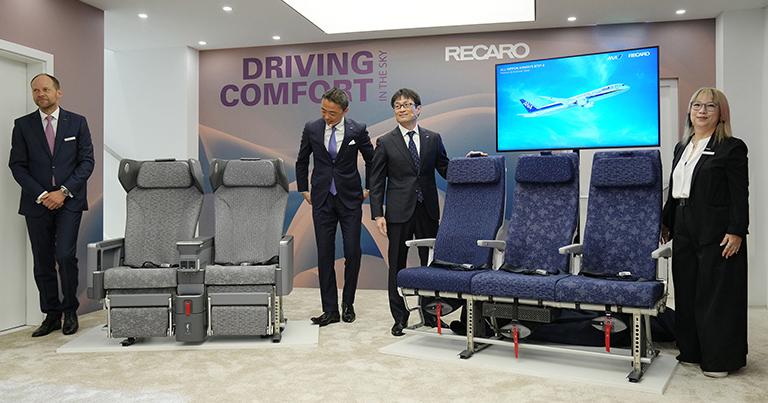


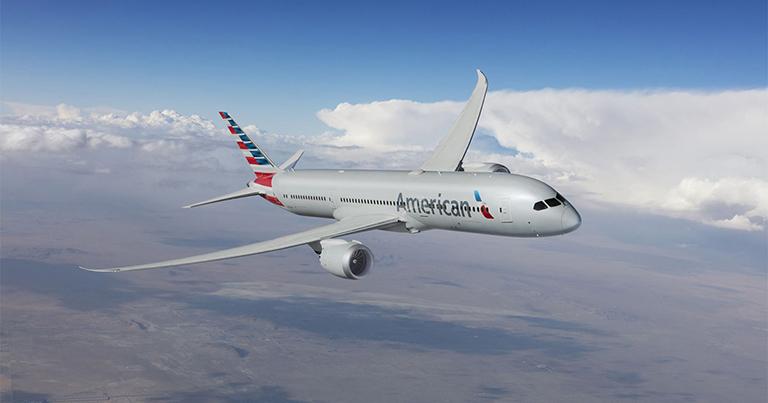

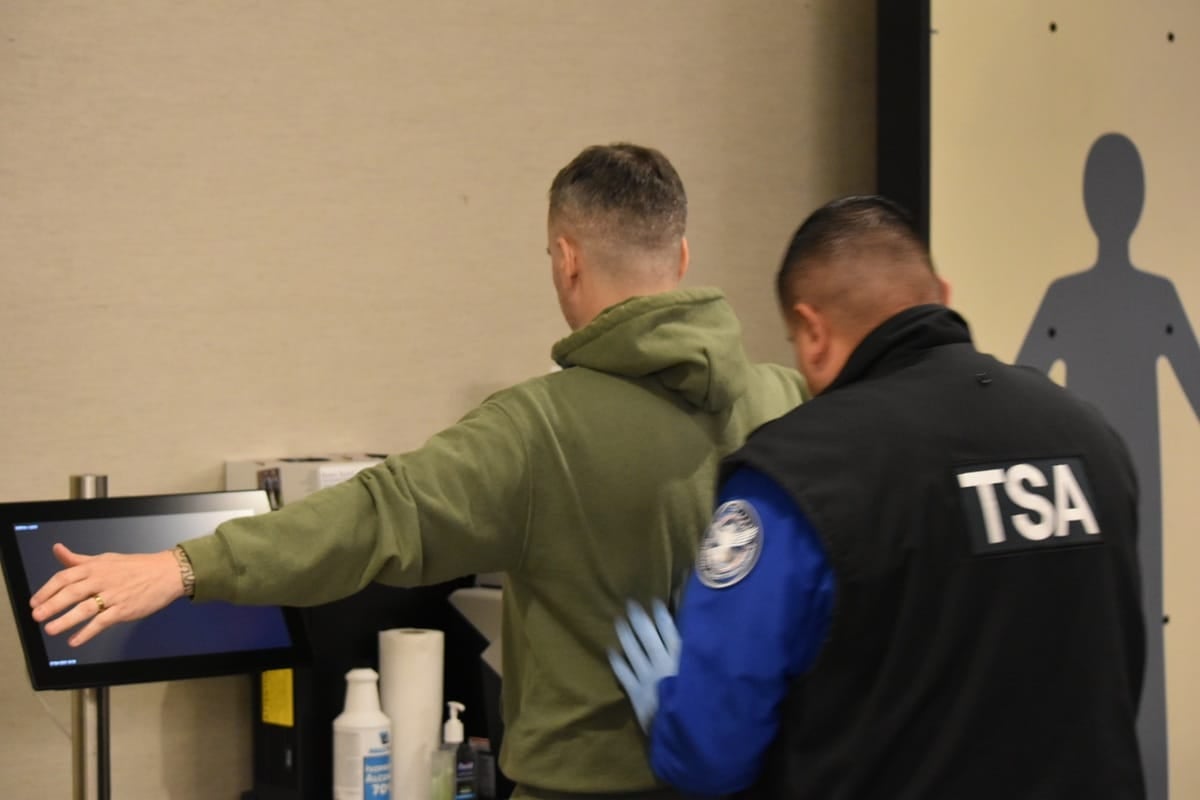
















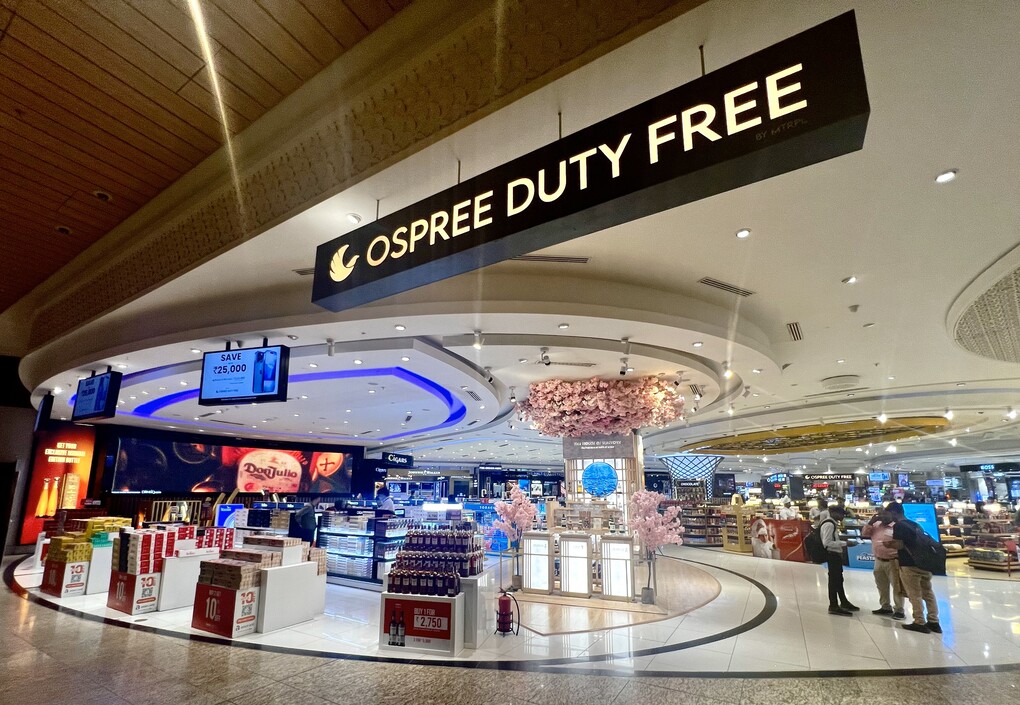















































![Leaked: Elon Musk’s Jet Playbook—65°, Dim Lights, No Vents—And Full Throttle, Always [Roundup]](https://viewfromthewing.com/wp-content/uploads/2017/07/20170726_084344.jpg?#)
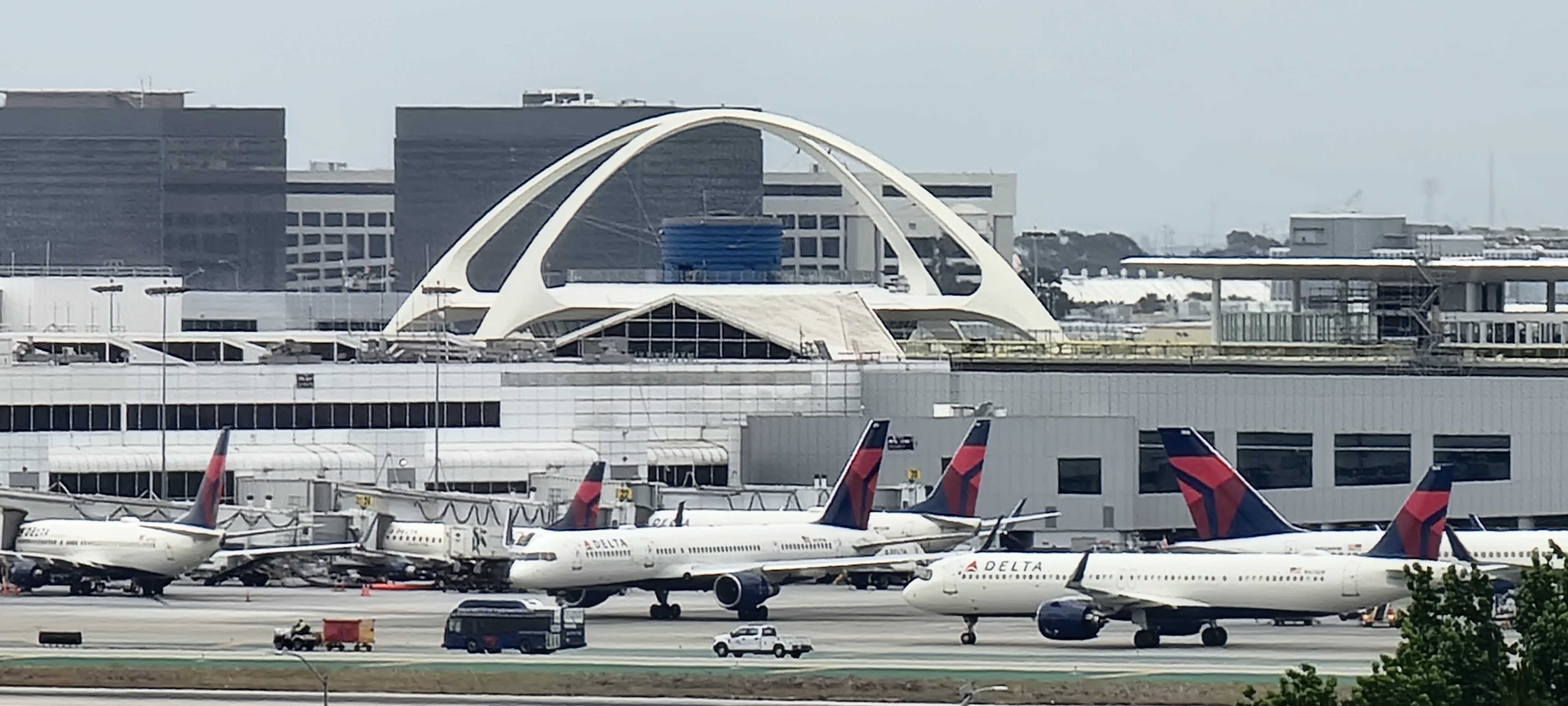
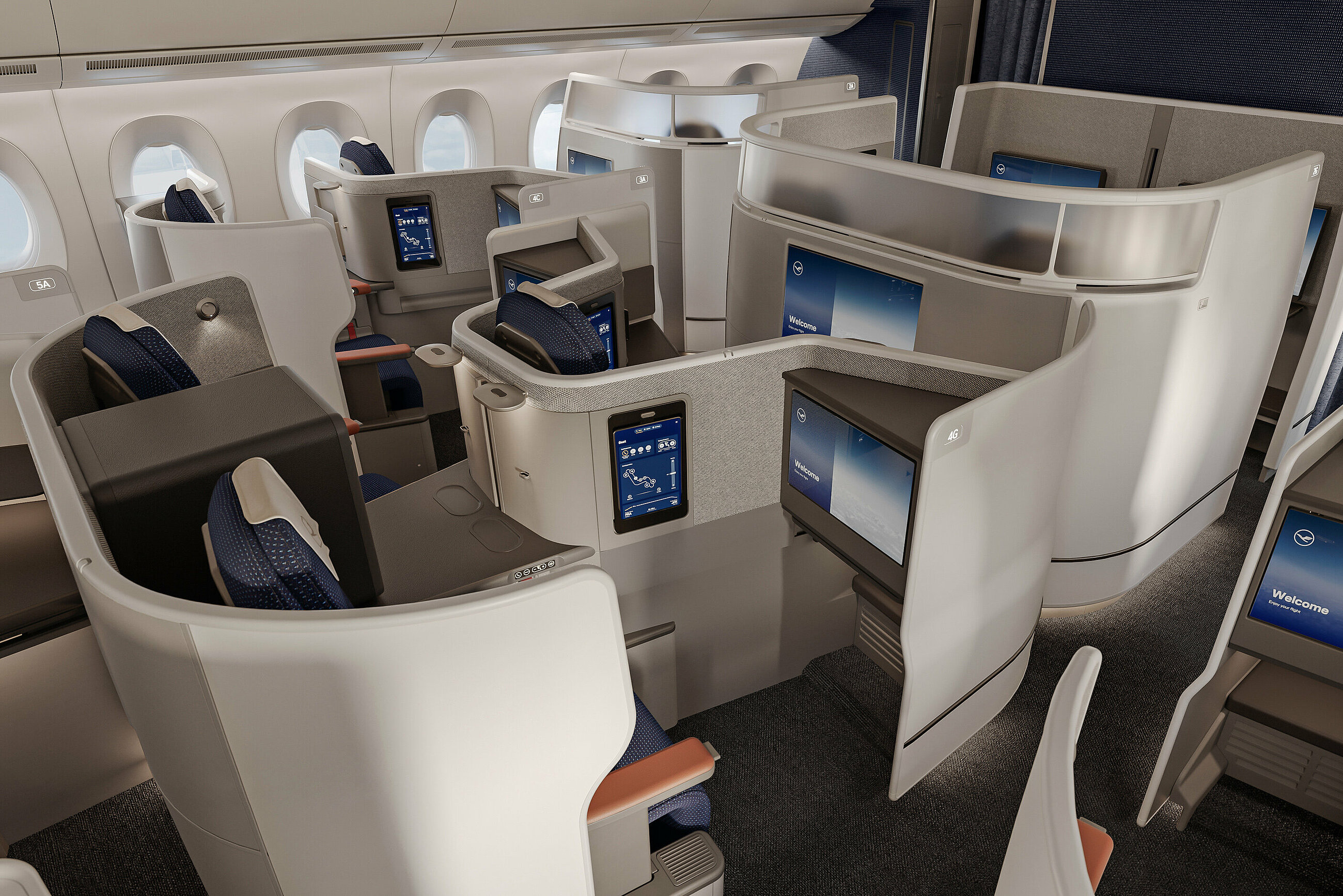
![‘I’ve Got 8 Chickens at Home Counting on Me’—Delta Pilot Calms Nervous Cabin With Bizarre Safety Promise [Roundup]](https://viewfromthewing.com/wp-content/uploads/2025/04/delta-cabin.jpg?#)






































































































